A Roman Holiday – for Gardeners


22nd May 2017 • Places to Visit • Stephanie Donaldson
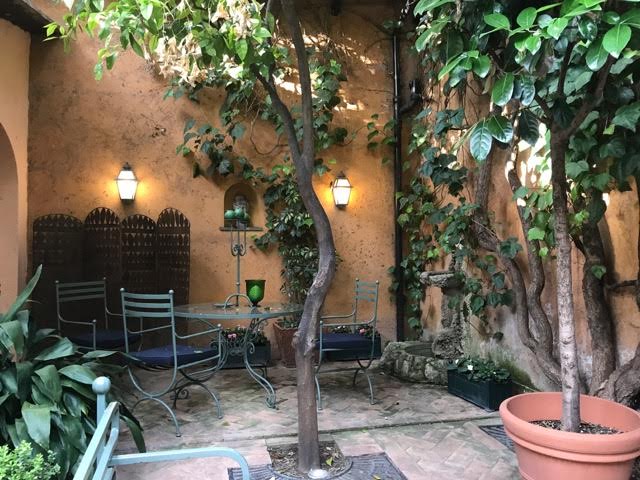

The peaceful courtyard of Buonanotte Garibaldi
The advantage of returning to Rome for a second time is that we had ticked off all the main sights during our first, foot-weary visit a few years ago. This time we could escape the milling throng and get a feel for Rome beyond the tourist madness. Staying on the other side of the Tiber from most of the action – in the Trastevere District – meant it was quieter, greener and a lot more relaxing. And who wouldn’t be charmed by a b&b called Buonanotte Garibaldi? Hidden behind concealing gates in a wall, its rooms were arranged around a cool, quiet courtyard garden that was patrolled by the Noa the resident dog.


Noa – the charming resident dog
Star Street Performer was undoubtedly the Star Jasmine (Trachelospermum jasminoides) which was in full and fragrant flower, covering buildings and wreathing doorways. While it is a plant that grows well in England, it never puts on quite the same extravagant display that we saw in Rome. It was a truly heady experience.
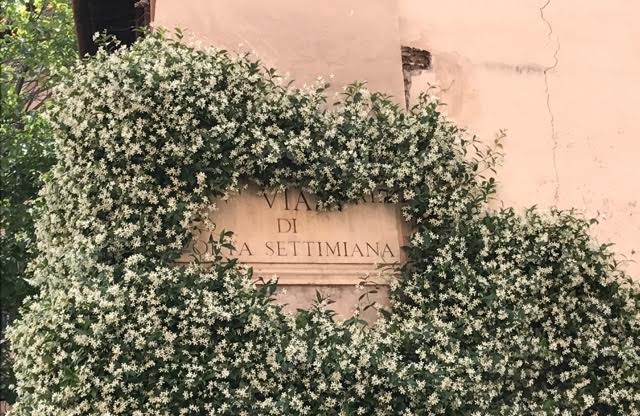

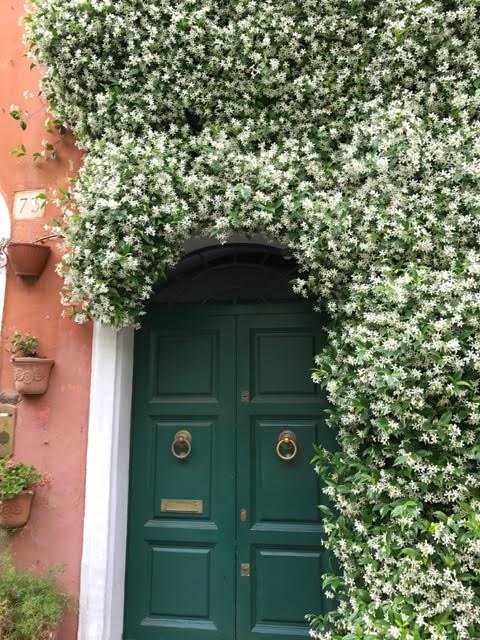

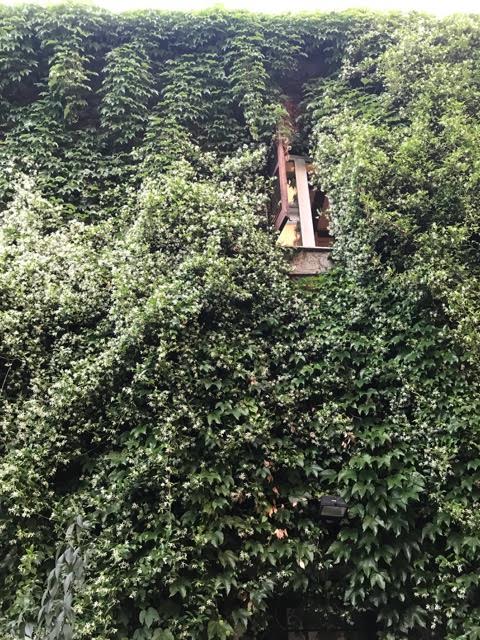

Star jasmine at its fragrant best
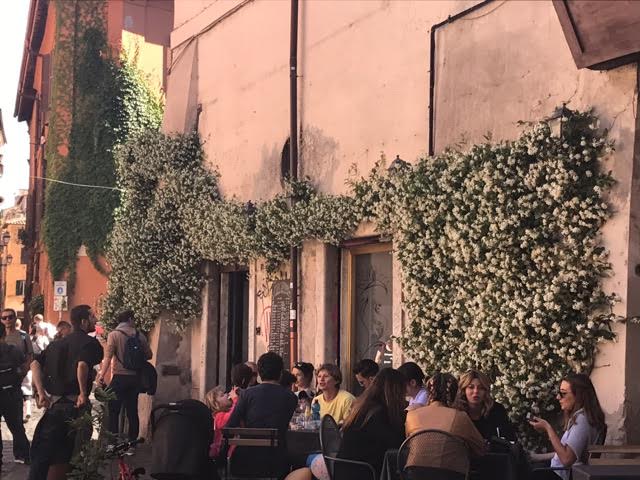

Rome’s Botanical Garden is a five minute walk from Buonanotte Garibaldi and is a perfect place to wander on a hot afternoon. Like most botanical gardens, it is more a place of plant science than horticultural excellence, but it is beautifully positioned on a hillside with wonderful views over Rome. It has many mature trees, an impressive grove of giant bamboos, magnificent palms and an elegant (but empty) greenhouse that I rather coveted.
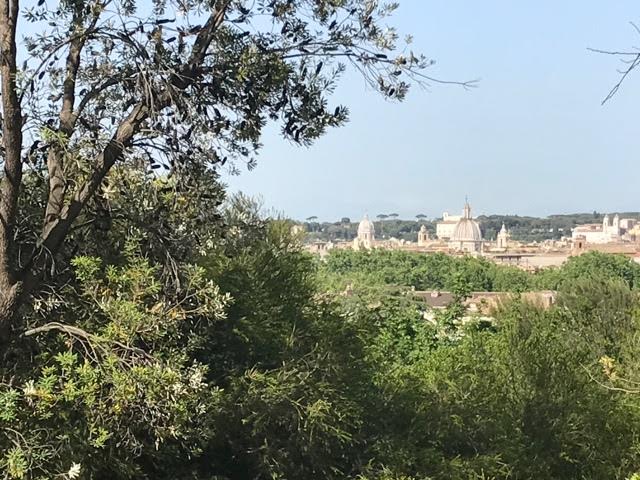

View from the Rome Botanic Garden


Bamboo Grove


A fine collection of palms
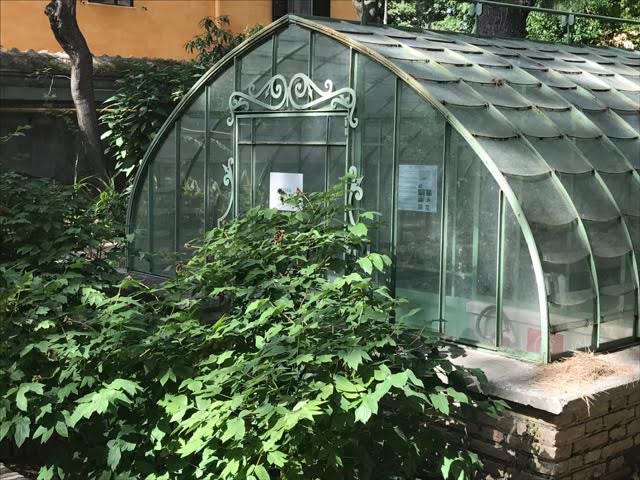

I rather coveted this greenhouse
Ninfa is known as the most romantic garden in the world and it has long been top of the list of the gardens I have wanted to visit. With very limited opening hours, especially if you want to catch it when the roses are in bloom, it takes a bit of planning, but finally I have been and I was as captivated by its atmospheric beauty as I had hoped. South of Rome, it is under an hour’s journey by train and taxi from the nearest station of Latina.
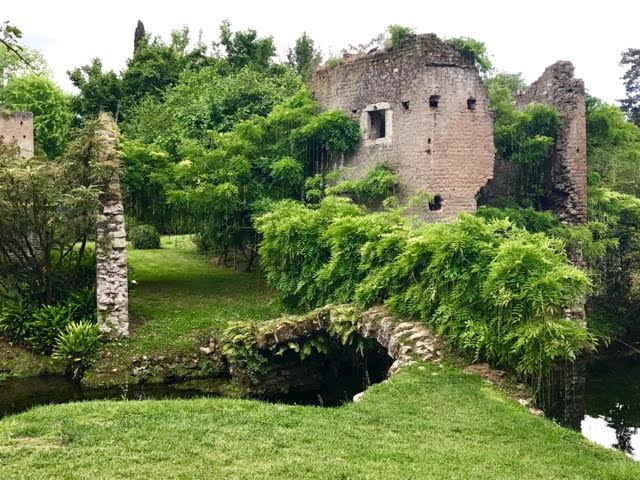

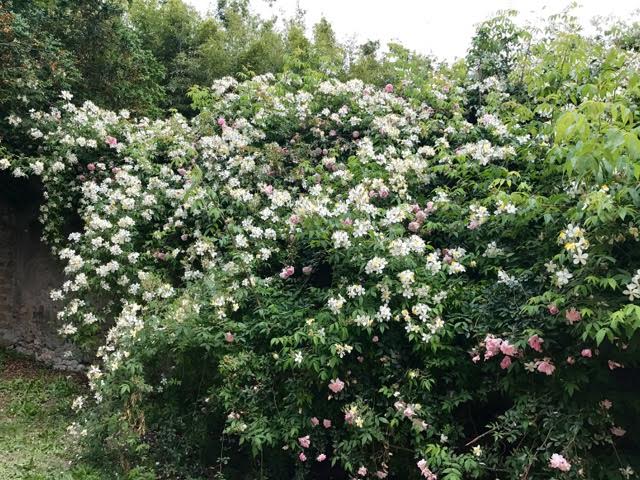

For those who don’t know its story, the gardens are built on the ruins of the medieval town of Ninfa on the Pontine Marshes. At its height there were two thousand inhabitants, but it was abandoned when it proved hard to defend. Part of the estate of the Caetani family, it was left largely undisturbed until the 20th century when Onorato Caetani married an English woman who fell in love with Ninfa and devoted her life to creating the garden. Two more generations of Caetani women continued her work with equal devotion. Where other gardens have pergolas and arbours, at Ninfa the roses, wisterias and other climbers tumble and cascade over the picturesque ruins. The scent of the roses pervades the air, making the experience all the more delicious. The River Ninfa rises nearby and flows through the garden, its crystal clear waters filled with a rich diversity of aquatic plants. Bridges, some dating back to Roman times, span the water and were once important thoroughfares linking one side of the town to the other.
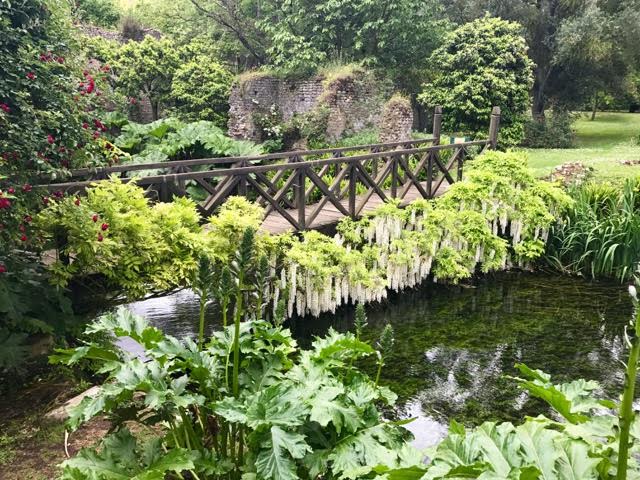

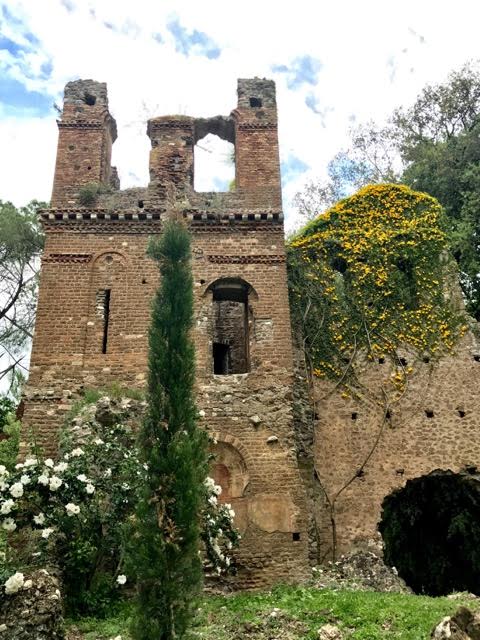

Romantic ruins are not unusual in gardens, but usually they consist of a one or two decoratively-tumbled-down buildings, or even a folly, but I was struck by the sense that this was once an entire town of two thousand inhabitants where people bustled through the streets, crossed the bridges and lived their lives in the buildings now clothed in roses. Sit quietly and look around and echoes of its past envelop you.
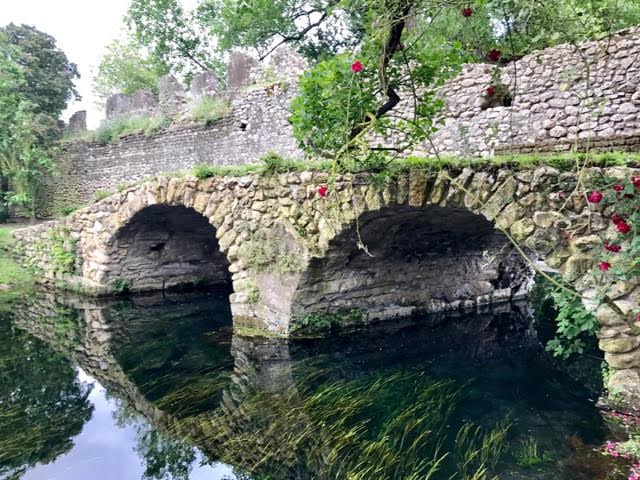

Roman Bridge
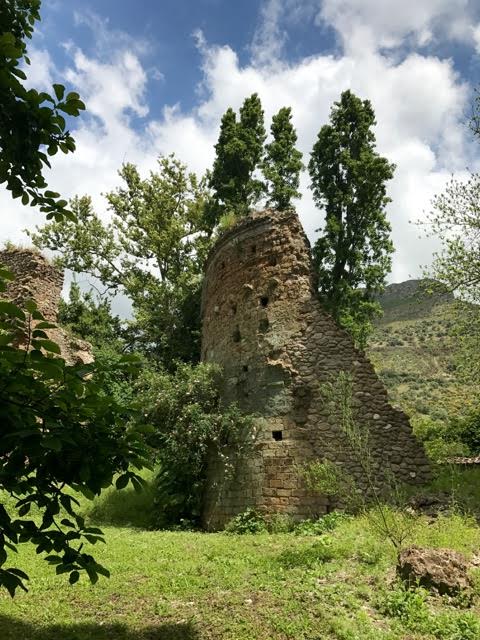

Like many of the finest gardens, there are tantalising views of private domains that can be seen but not entered. The far side of the river can only be viewed from the near bank, while the walled Hortus Conclusus with its orchard of citrus trees is visible through the slats of the high wooden gate – in pouring rain in my case as the heavens opened part way through our visit.
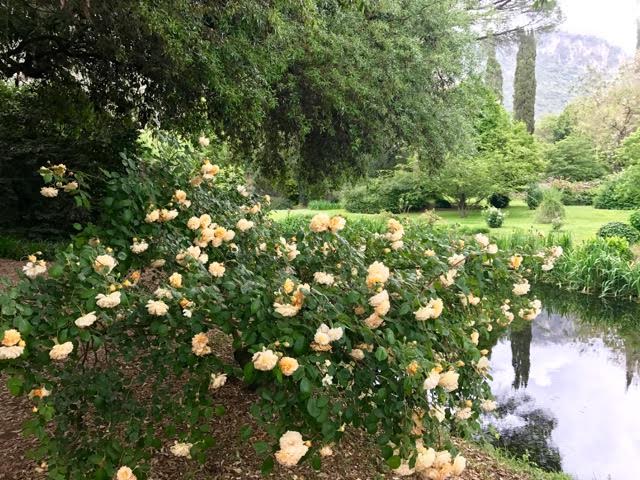

Views across the river to the part of the garden that can be seen but not visited
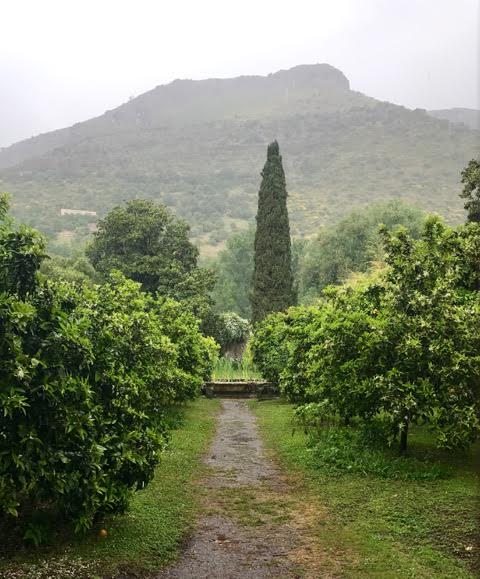

The Hortus Conclusus – in the rain
A particular delight, among many, was meeting Lauro Marchetti who has spent his entire life at Ninfa and is now the Curator of the foundation that was created to safeguard the future of the garden. He first came to Ninfa as a small child when Lelia Caetani – the third of the women who spent a lifetime making the garden what it is today – visited his family on the next door farm. He was drawing a goldfinch and was a bit put out when she told him that there was too much red on its head. She offered to help him get it right if he visited her at Ninfa. Lelia was the last in the line of the Caetani family and childless and from that inauspicious beginning she went on to informally adopt him. He soon got over her criticism (she was an accomplished artist) and spent a magical childhood exploring every nook and cranny of the garden, observing the wildlife and watching the gardeners at work. Later he became an apprentice gardener and then a gardener and was Lelia’s natural successor when she died in 1977. If ever someone was imbued with the atmosphere of a place, it is Lauro. A gentle, charming man, Lelia chose well.
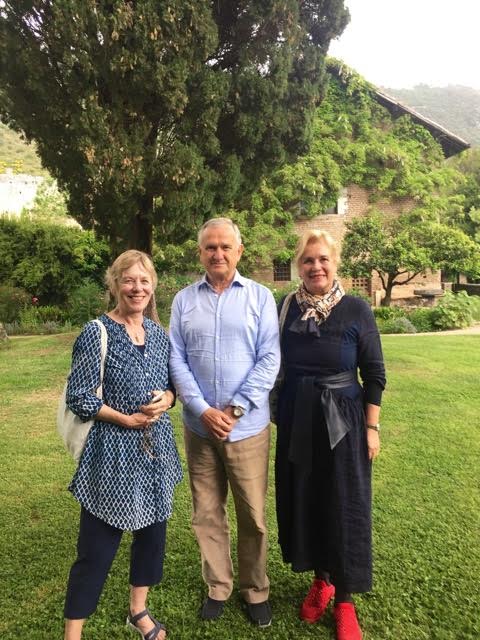

With Lauro Marchetti and his wife Silvia
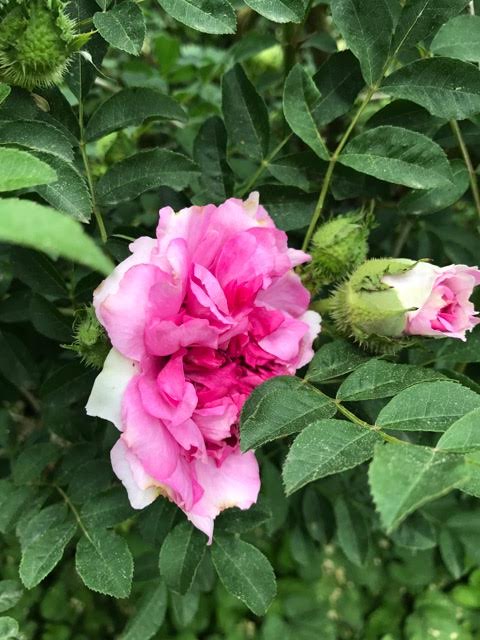

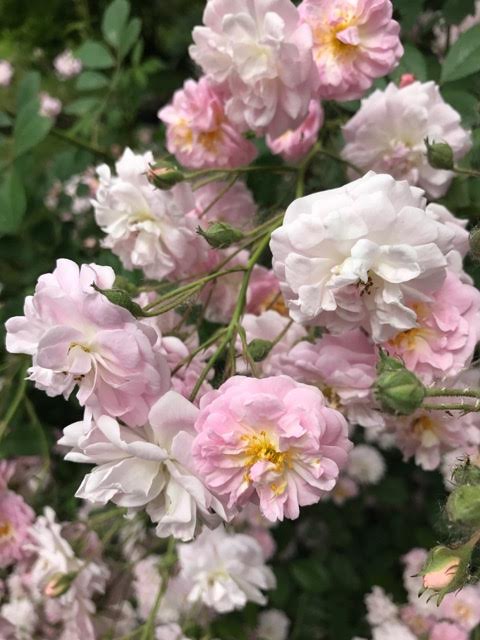

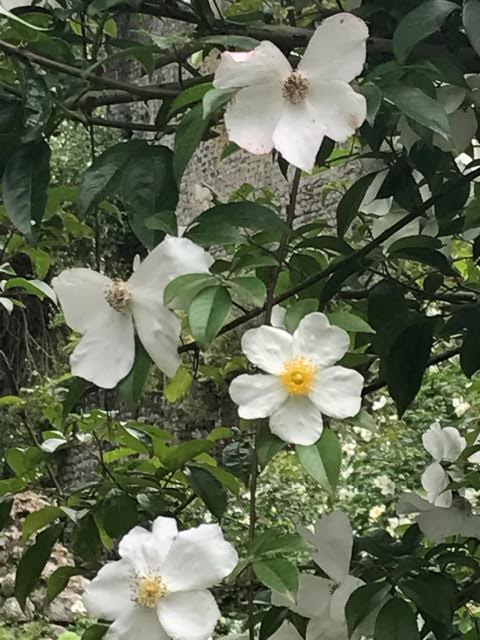

A selection of the roses at Ninfa


An aqueduct carries water at right angles over a stream
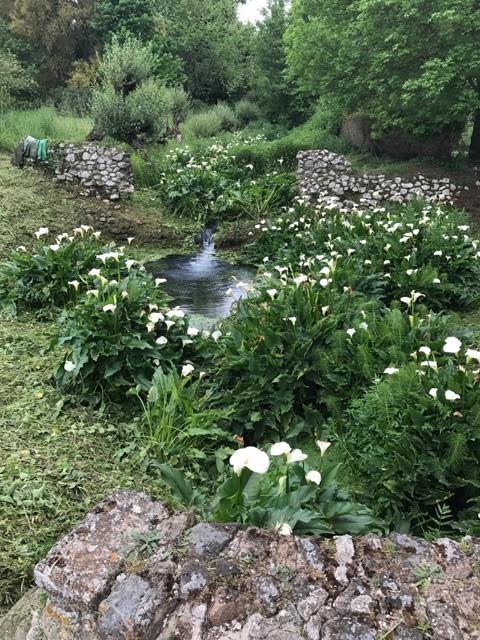

Several springs rise within the grounds of Ninfa



